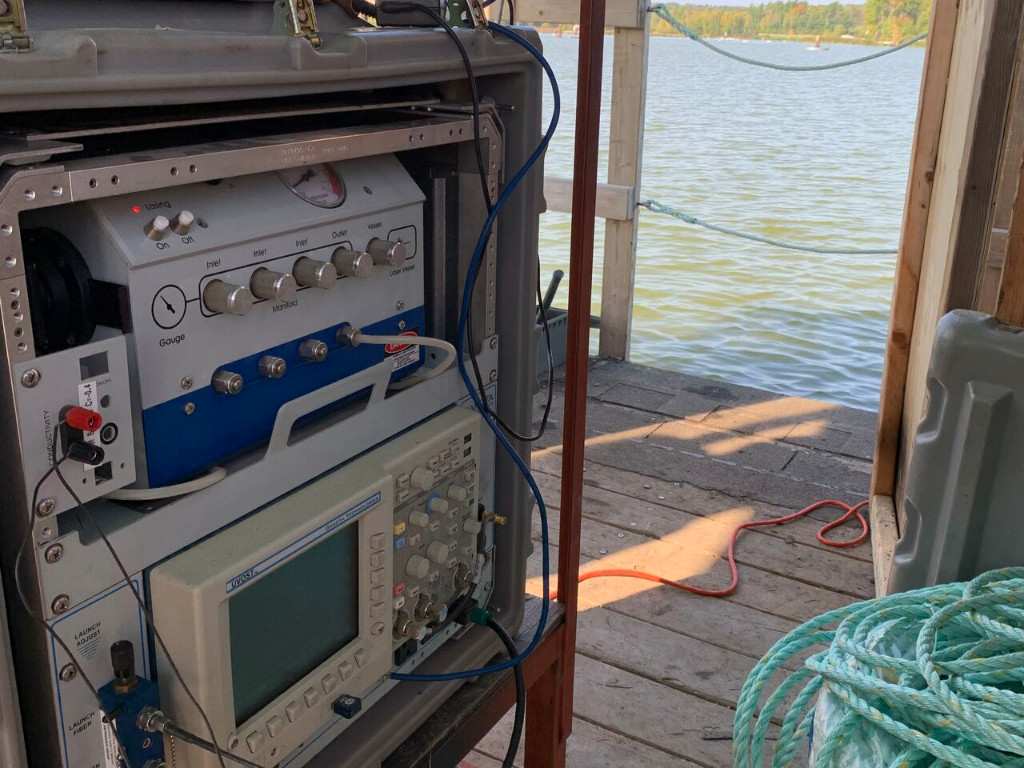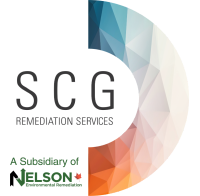
Boat Harbour HRSC
Effective mapping of contamination in harbour sediment
Sometimes you need to get creative to deliver a project, as was the case with our work on the Boat Harbour Remediation Project.
Boat Harbour, a natural tidal estuary in Pictou County, NS, began receiving wastewater effluent in 1967 from nearby industrial sources. A variety of contaminants have been identified in sediments in the harbour, including PHCs, PAHs, dioxins, furans and metals. Recently, the province of Nova Scotia has committed to the remediation and restoration of Boat Harbour to bring it back to its natural state as a functional estuary.
Using our High-Resolution Site Characterization (HRSC) tools, SCG was able to effectively map the contaminant distribution and volume in the harbour sediment. This information was critical to the design of the remedial dredging and disposal program going forward. By clearly identifying the spatial distribution of sediment impacts, a great deal of uncertainty was removed from the remedial project planning stage, allowing for the confident development of realistic budgets and schedules. Our HRSC tools can help cost-effectively achieve your project goals.
For more information on the Boat Harbour Remediation Project please visit www.boatharbourproject.ca
Delineation of an organic-rich sediment layer
Identification of critical remedial interfaces (air-water, water-sediment, sediment-sediment)
Cost savings through 3D modelling and conceptual site model (CSM) enhancements
From the experts at SCG – Spotlight on Kirklyn Davidson, Environmental Geoscientist.
Kirklyn’s undergraduate and graduate work focused on the ongoing Boat Harbour remediation project. His theses have contributed significantly to the delineation of contaminants on-site and have been instrumental in identifying the spatial and temporal distribution of various metals in the sediments of A’se’k (Boat Harbour). In his undergraduate research, Kirklyn employed paleolimnological methods to analyze sediment layers, revealing significant concentrations of metals like Arsenic, Chromium, Copper, Zinc, and Lead. This work not only highlighted the presence of these contaminants in both the polluted and reference sites but also provided crucial baseline data for future remediation efforts.
In his graduate thesis, Kirklyn innovatively applied the Ultraviolet Optical Screening Tool (UVOST), typically used for petroleum contamination detection, to identify and map layers of organic-rich sediment contaminated with dioxins, furans, and metals. This novel approach enabled a more efficient assessment of sediment contamination, allowing for the simultaneous acquisition of data on water cover thickness and sediment layer composition. This research has opened new avenues for the use of UVOST in freshwater aquatic environments, significantly enhancing our understanding of the extent and nature of contamination at the site.
Overall, Kirklyn’s work has been pivotal in advancing our knowledge of the environmental impact at Boat Harbour and has laid a solid foundation for the remediation strategies to be employed. His innovative approaches in both studies have not only contributed to environmental science but also promise to inform remediation processes and compliance assessments at contaminated sites.
